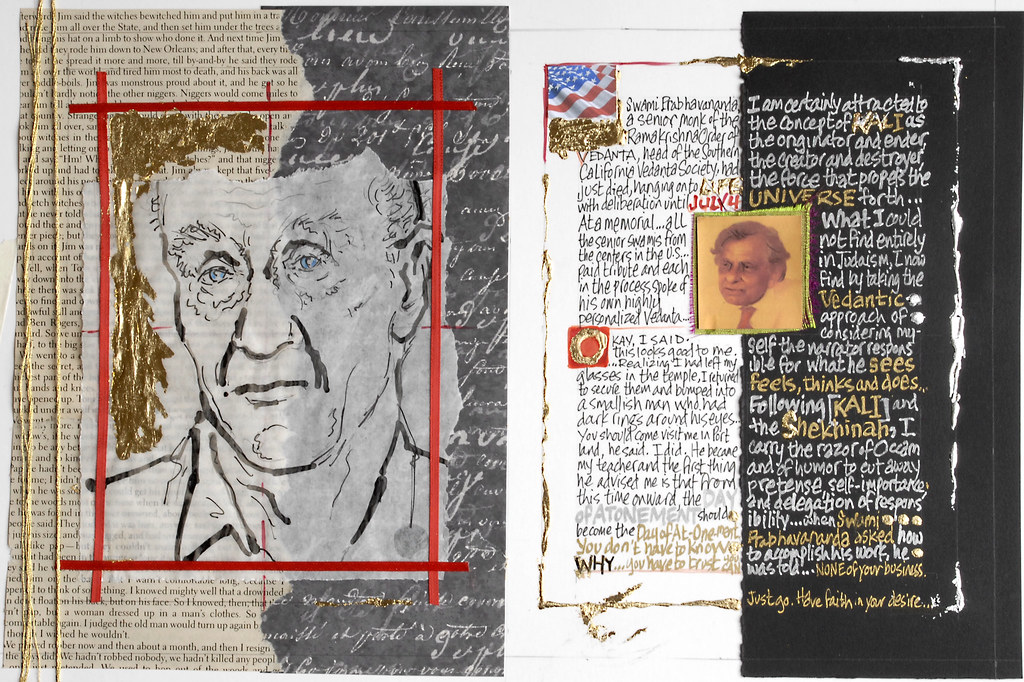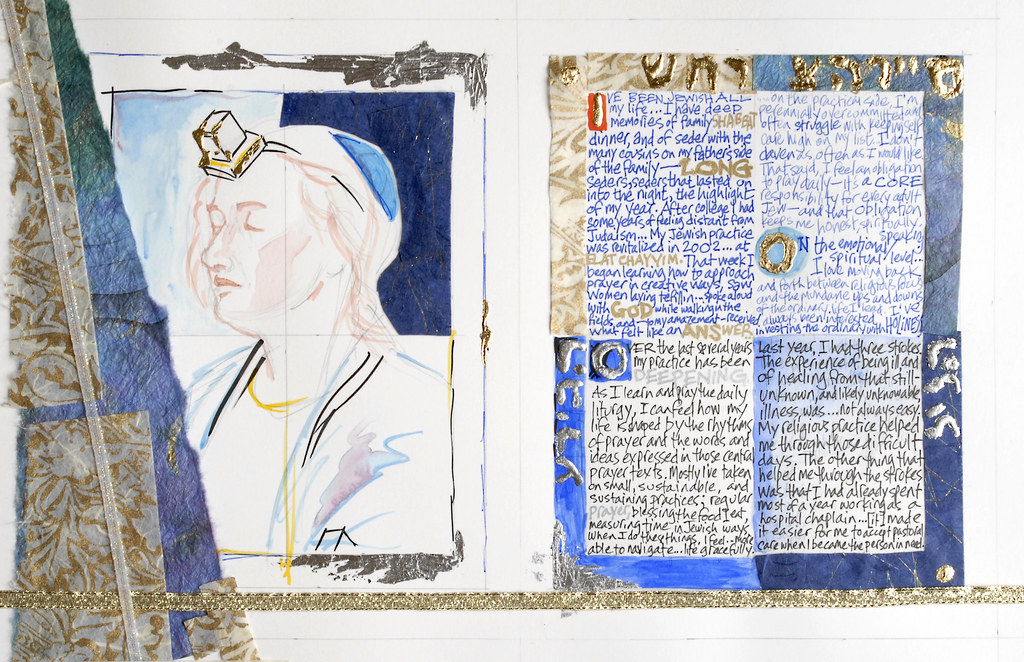Grafting a Crab Upon a Medlar:
Wit’s Evens, Desire’s Odds, and Astringent Fertility in Congreve’s The Way of the World
Susanne Langer, in Feeling and Form, hypothesizes that comedy at its deepest level arises from something that brings to mind Bergson’s élan vital (Gillies 14), a vital force interestingly not discussed in Bergson’s essay on comedy (Bergson):
Comedy is an art form that arises naturally wherever people are gathered to celebrate life…it expresses the elementary strains and resolutions of animate nature, the animal drives that persist even in human nature… What justifies the term “Comedy” is not that the ancient ritual procession, the Comus…was the source of this great art form—but that the Comus was a fertility rite, and the god it celebrated a fertility god, a symbol of perpetual rebirth… (Langer 331)
In this essay, I will consider how Congreve, in The Way of the World, pruned and trained this wild fertile energy, creating a comic espalier (EDIS Publication System) upon which a harvest of crab-tart wit and medlar-soft (Reich 88) generosity ripened. Further, I will explore how Langer’s focus on libidinous energy in “The Comic Rhythm” needs to be extended to more cerebral forms of desire in order to help us understand The Way of the World, particularly when examining the role of desire in Congreve’s play. At the end of this essay, we shall see what Congreve produced by shaping, through reason and wit, Langer’s theoretically earthy comic root.
***
In contrast to Langer’s supposition of a purely biological rhythm at the root of comedy, there is little animal fertility in The Way of the World. Mrs. Fainall’s potentially ruinous pregnancy did not happen (Congreve 346); “the curate’s wife, that’s always breeding” is disagreeably pale and faint according to Lady Wishfort (Congreve 354); and despite the number of love affairs past and present in the play, there are no children to speak of. Congreve’s fertility is astringent, cerebral; more a tartly witty crabapple grafted on the old medlar stock of ripening libido than, to echo Fainall’s comment about Witwould, “a medlar grafted on a crab.” (Congreve 329) By expanding Langer’s notion that comedy is fueled by the “sex impulse” (Langer 330) to include the broader range of transmuted desires, we can appreciate Congreve’s brilliance at shaping character, wit, desire, and plot into a metaphoric espalier—one whose stock is unshakable and whose fruit, though astringent, is made delectable once ripened by Congreve’s moral center and reason.
**********
An Iconic Comedic Diptych:
Artists and Communities in Gogol’s “The Portrait”
In her essay “The Comic Terrain,” Louise Cowan writes of “the necessity of distinguishing the image of a world—the comic terrain—lying behind the action of the work…” (Cowan 8) and further identifies comedy with community: “Comedy endures and perseveres in a fallen world, occurring in city streets or drawing rooms…making its way by mutual helpfulness toward a community of love within the larger order of society.” (Cowan 10) Since Cowan puts forth an almost holographic view of the nature of comedy—
…the character of comedy is so definitive…that one can discern its nature even from a brief experience of the work. Its qualities permeate it, as the vanilla permeates the pudding and thereby modifies its component parts. … One should be able to choose any page of a work…and discern whether or not the work is comic. (Cowan 4-5)
—I chose not to focus on all of the Petersburg Tales we were assigned, but rather on one, “The Portrait.” In this essay, I will explore its diptych of artists and communities and their estrangements and reconciliations, and see whether a diptych glance at some of the conventions of Eastern Orthodox icon painting and the movement called Romanticism can help us gain insight into the nature of comedy in Gogol’s comedic terrain.
***
Ultimately, despite the Romanticism of Gogol’s focus on specific individuals in “The Portrait,” it is in each individual’s relationship to the community of a loving God—whether estranged from or reunited with that community—that we see how even the darkest parts of “The Portrait” are deeply comic. Using the language of painting to describe Gogol’s comedy, the diptych that comprises “The Portrait” contains areas of comic pentimento—areas where an under-painting of agapē shows through even the wildest, darkest elements, promising the possibility of reconciliation even for those most separated from what Gogol implies is the most important community, the community of God’s love.
**********
Lux, Lumen, Shadow, and Laughter:
The Chiaroscuro of Jorge’s View of Comedy in The Name of the Rose
The murderous Jorge in Umberto Eco’s The Name of the Rose would have us believe he violated the fifth commandment of the Catholic ethical Decalogue (The Holy See) for a far greater good—that of preventing the dissemination of the contents of Aristotle’s mythic second book, which Jorge believes will ignite “the Luciferine spark [of blasphemous laughter] that would set a new fire to the whole world…[where t]he people of God would be transformed into an assembly of monsters belched forth from the abysses of the terra incognita…” (Eco 472-475). In this paper, I will show how Jorge’s blindness in equating blasphemous laughter with comedy was an apt depiction of his darkened, flawed understanding of what comedy can be. Using concepts and approaches from the time and place Dr. Eco set his tale, I will also show how, transmuted from its origins in pagan rite (Berger 16) into something that serves a Judeo-Christian mythos, comedy connects us with physical and symbolic light—and how, in fact, Jorge himself is a potential beneficiary of the light of comedy.
***
Jorge was wrong, even in the context of his role and his time, to disdain laughter and to despise comedy. While laughter may occur in the course of comedy, it is not necessary; what is necessary to comedy is a Lux-engendered lumen of the heart, a reconciliation. Comedy is the enemy of fixity without love, of the static shadow; darkness is not completely dark if there is some hope for change, for the unexpected and indeterminate. Although Jorge is condemned and not redeemed within the novel, Eco’s indeterminate ending opens the possibility of an outside-the-narrative reconciliation. In such a Deus ex fabula, as in the scripture Jorge claimed to love, even Jorge’s shadows would recede before the approaching, all-encompassing Light.

